
Wir reisen, also sind wir
vakantio.de/wirreisenalsosindwir
Argentina: Mendoza (Barreal, La Carolina)
Wotae: 03.04.2019
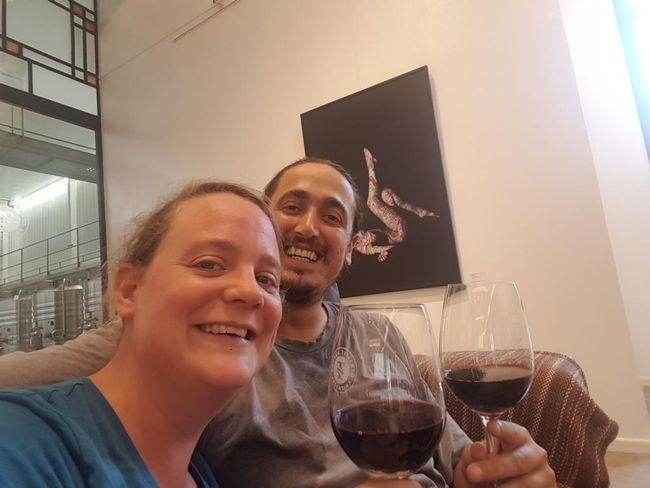
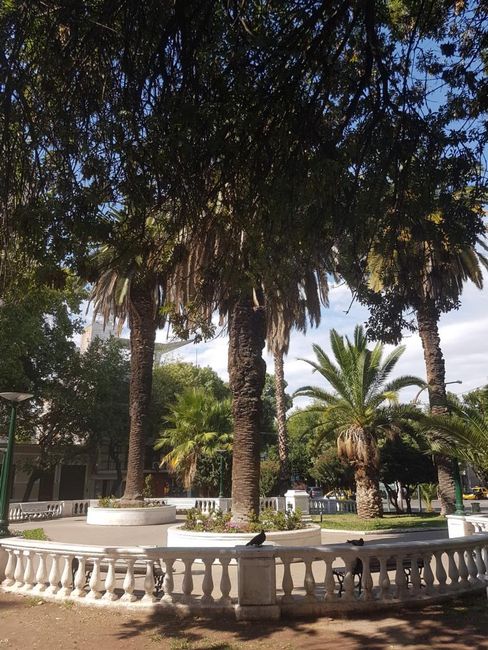
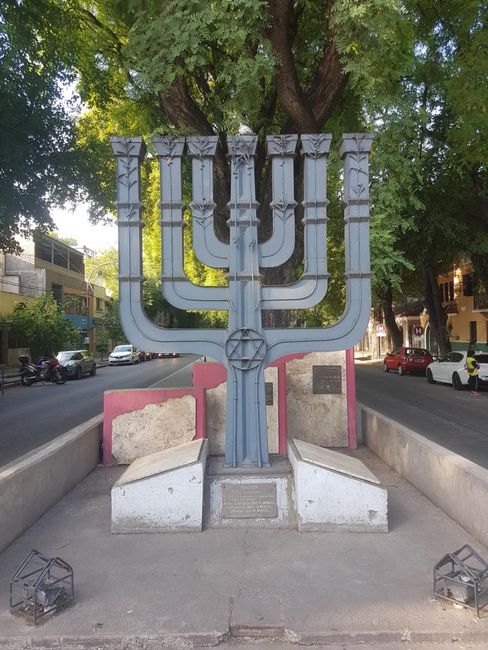
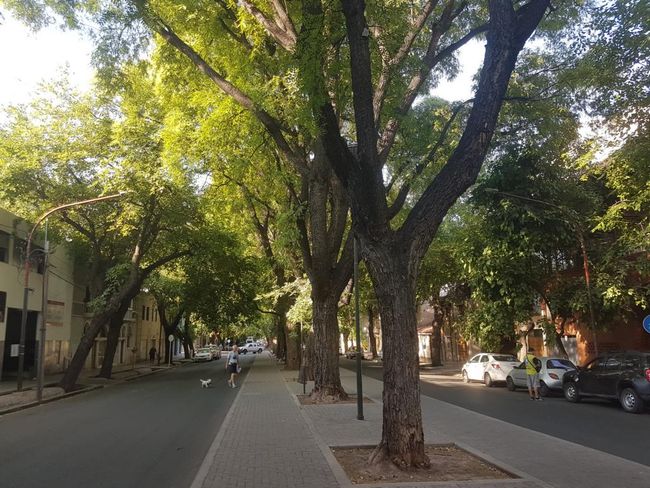
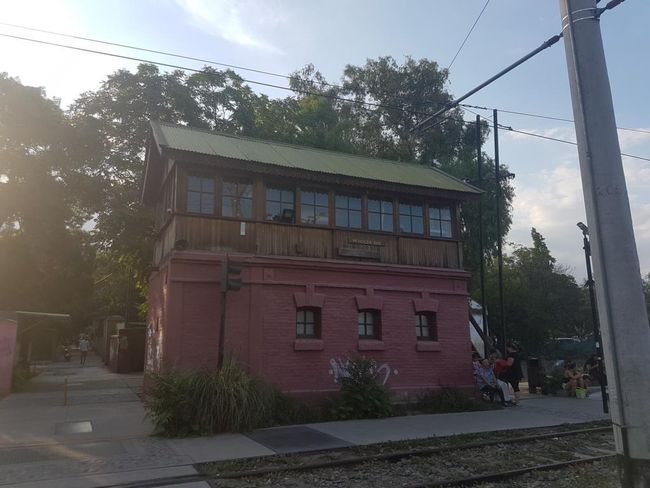
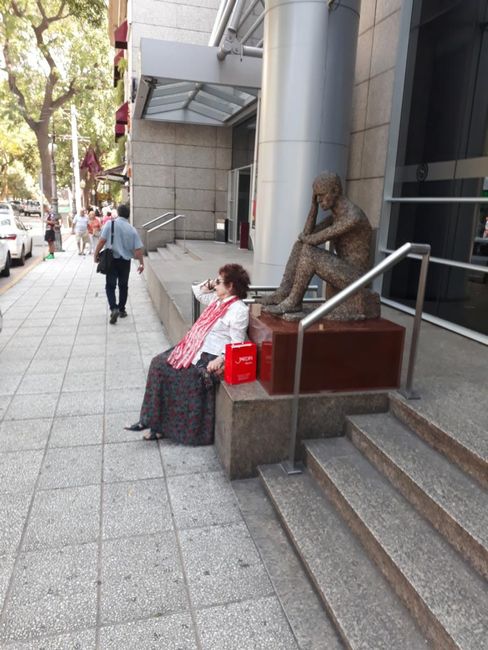
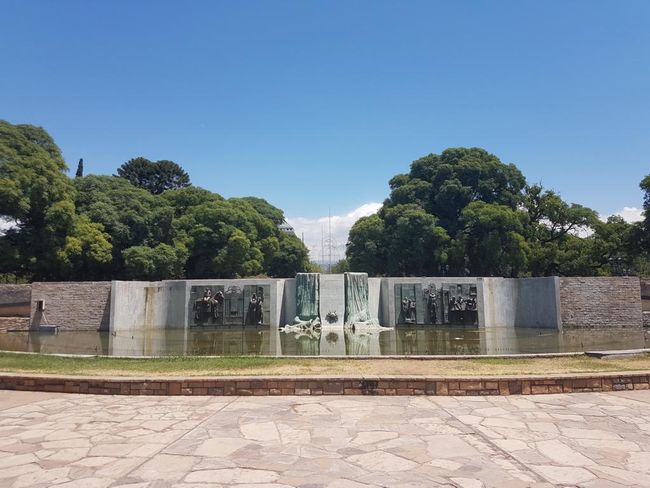
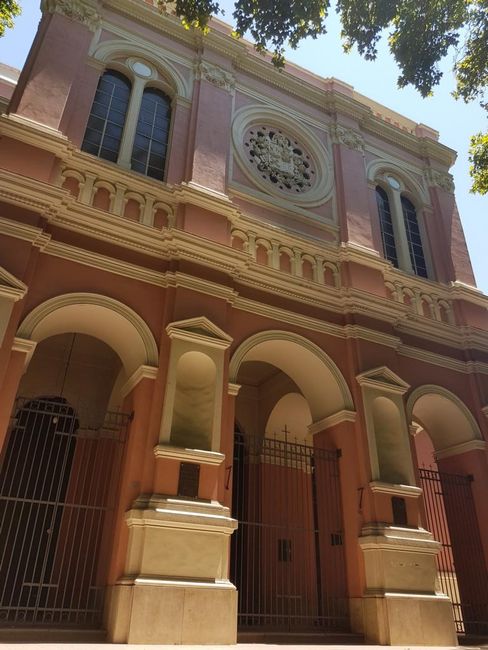
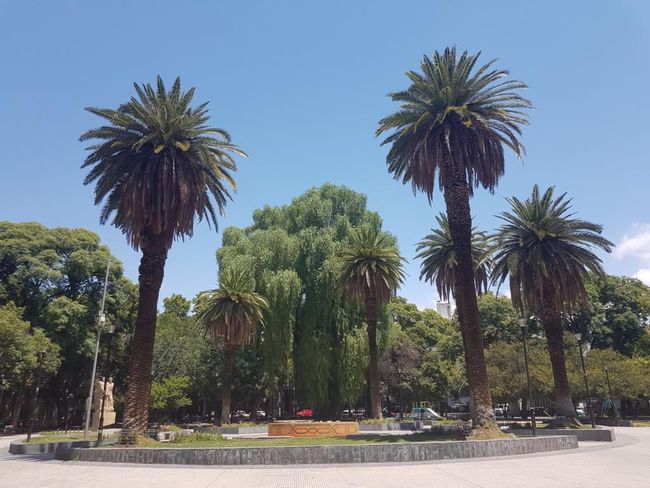
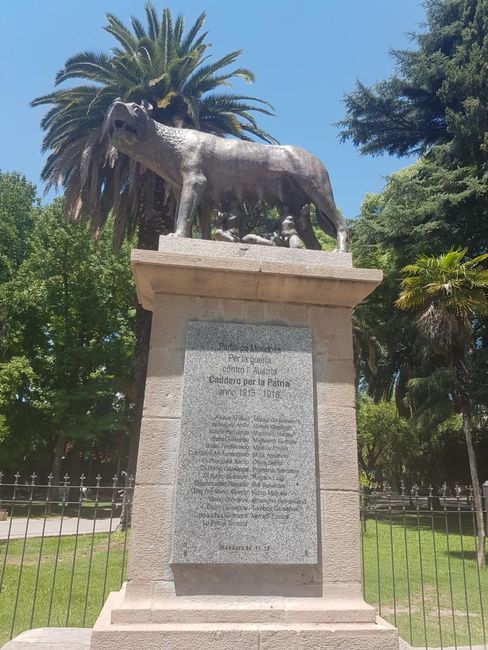
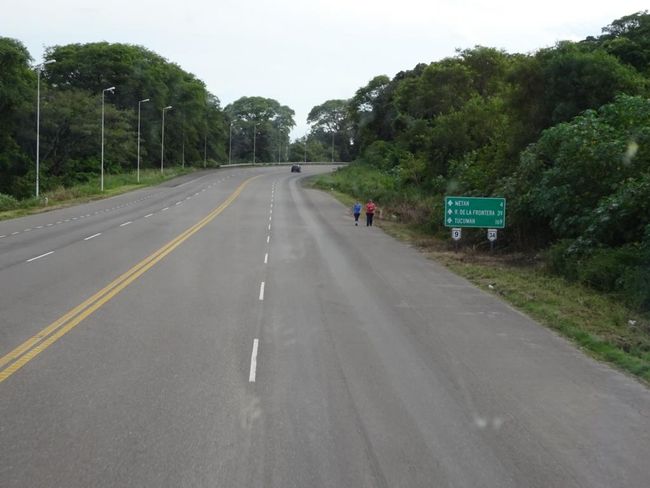
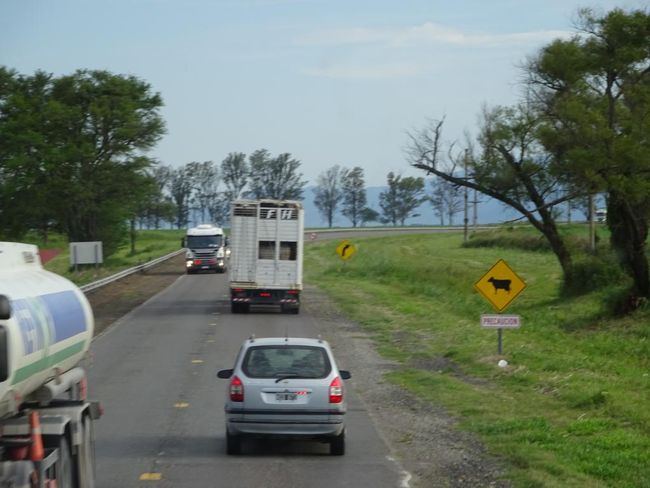
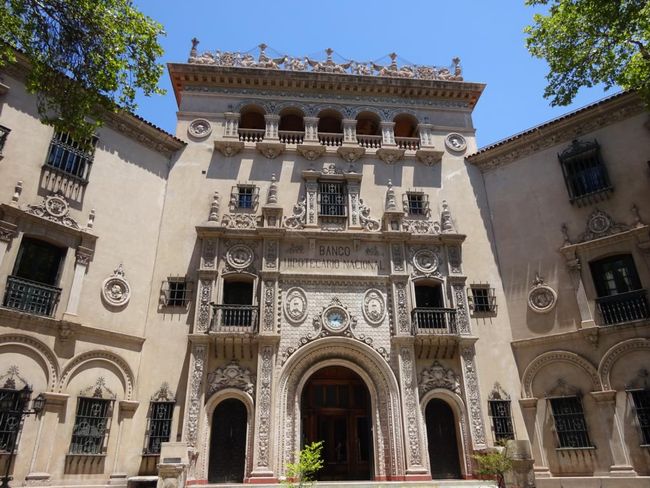
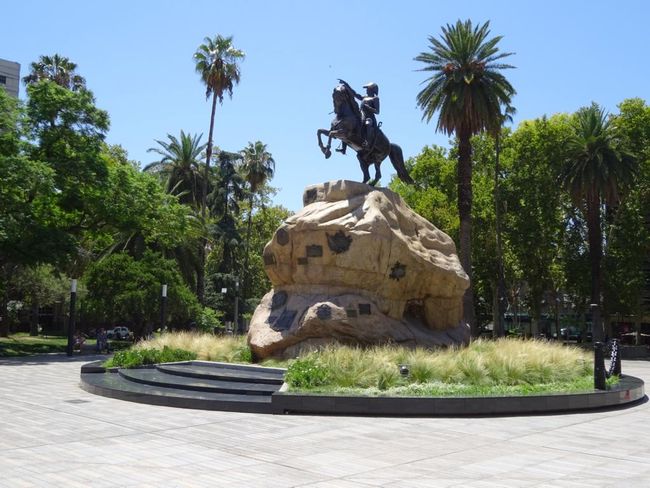
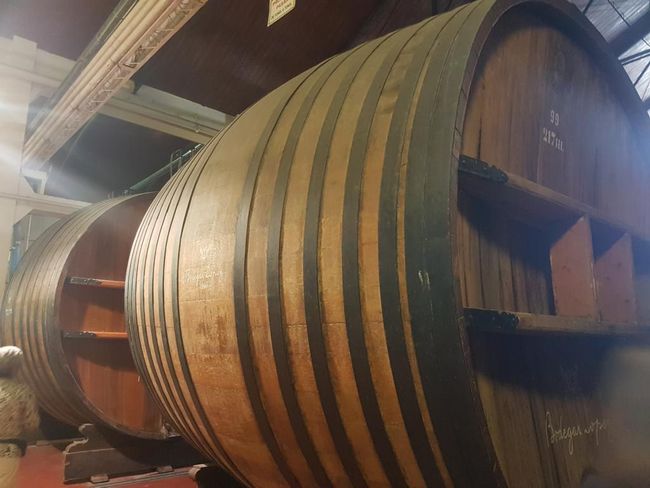
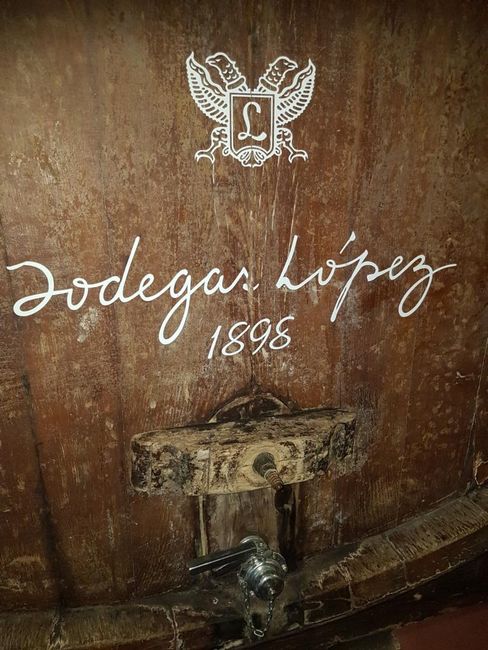
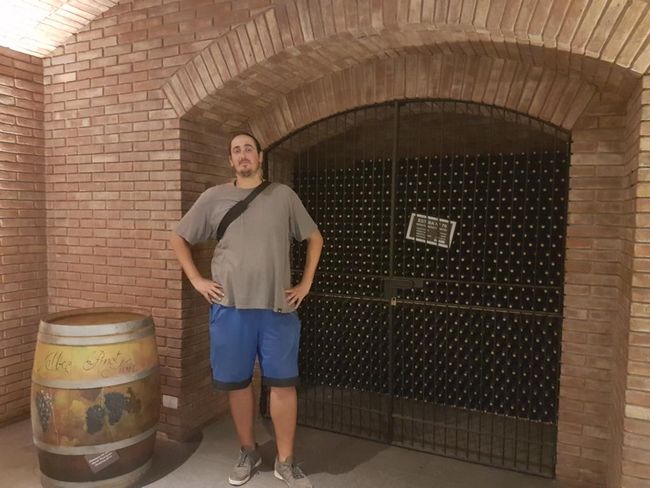
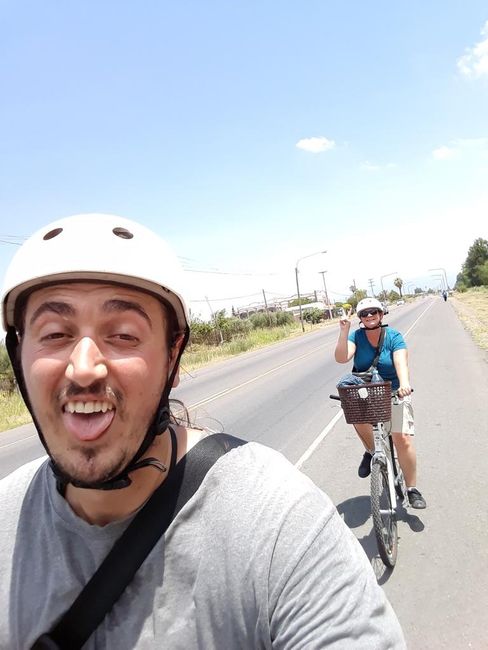
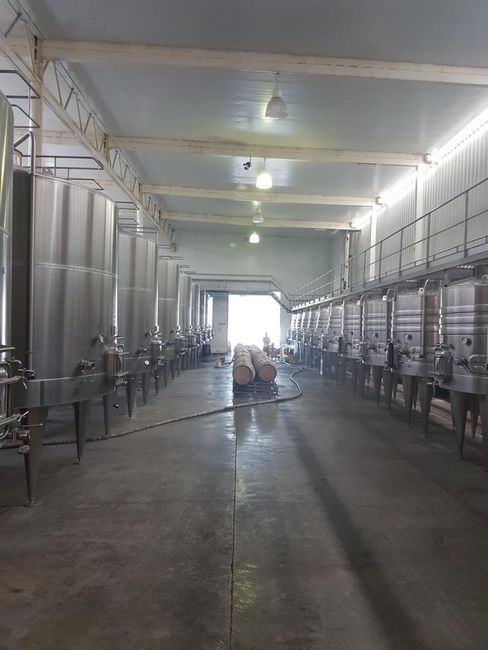
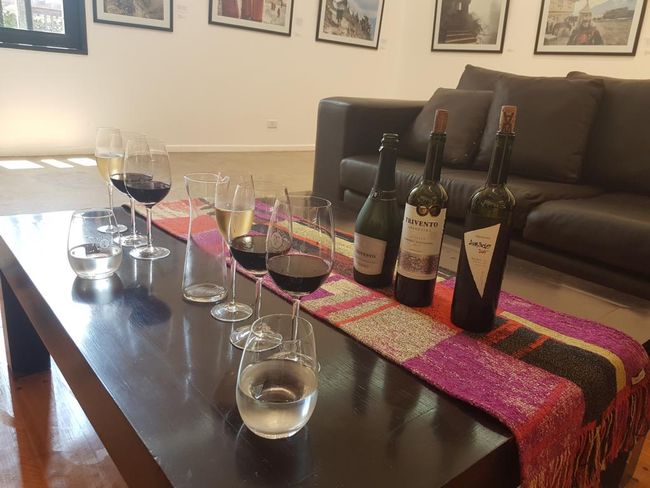
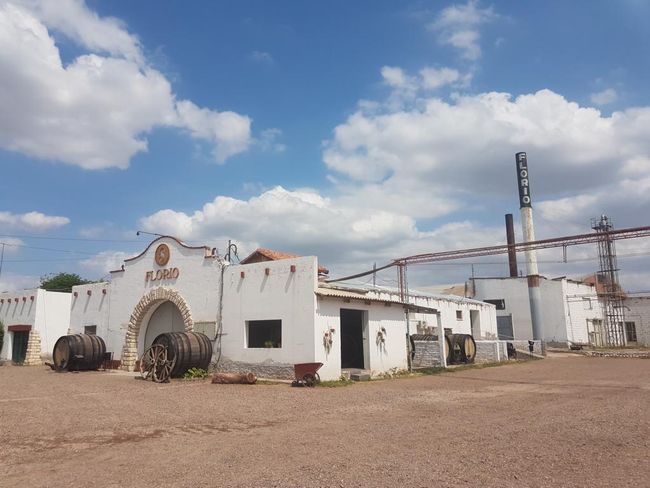
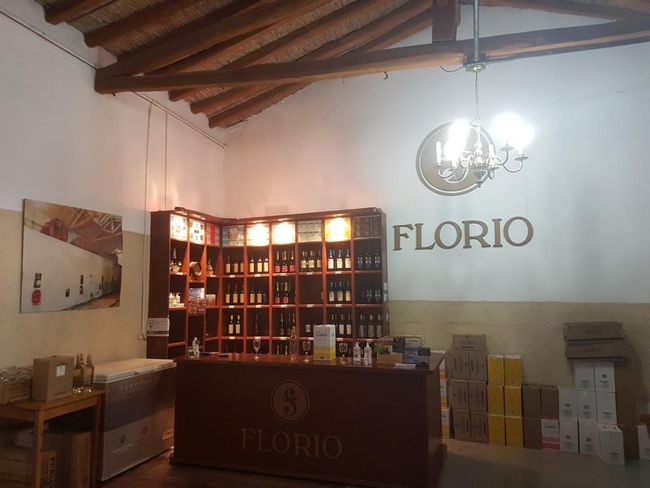
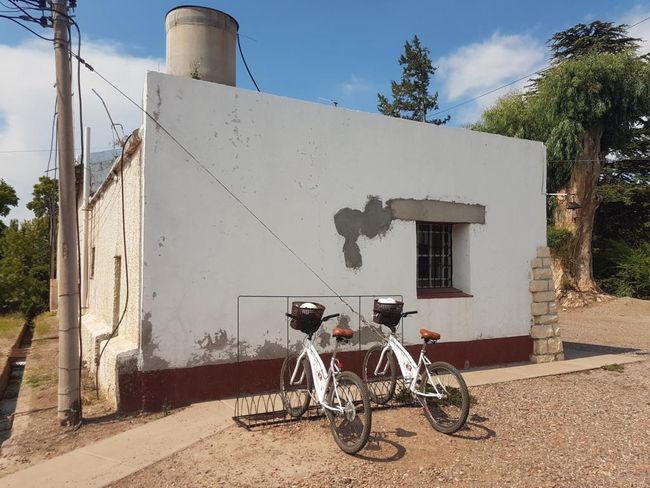
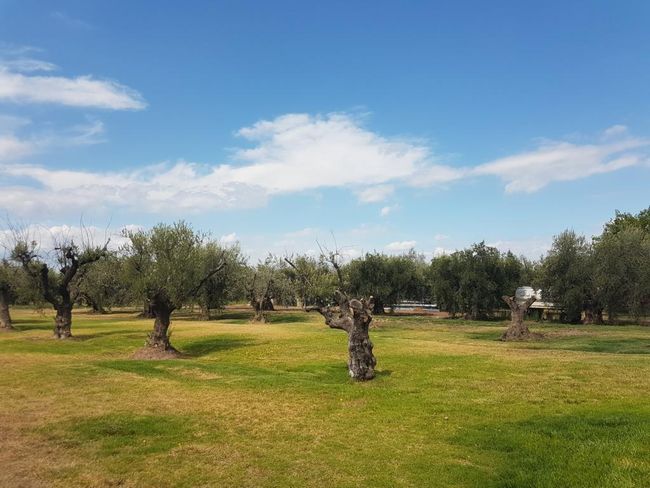
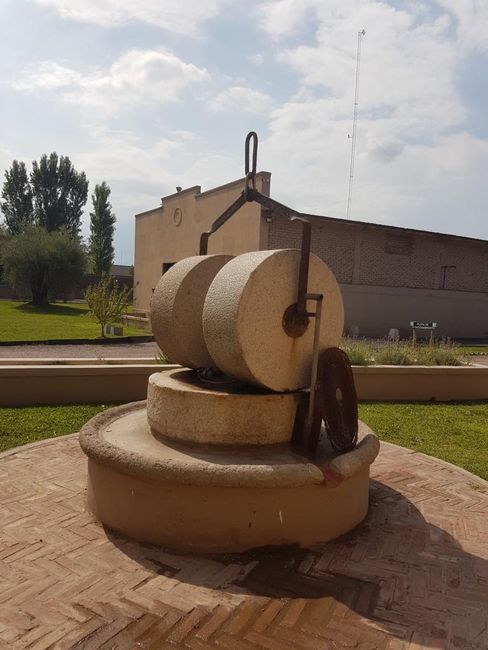
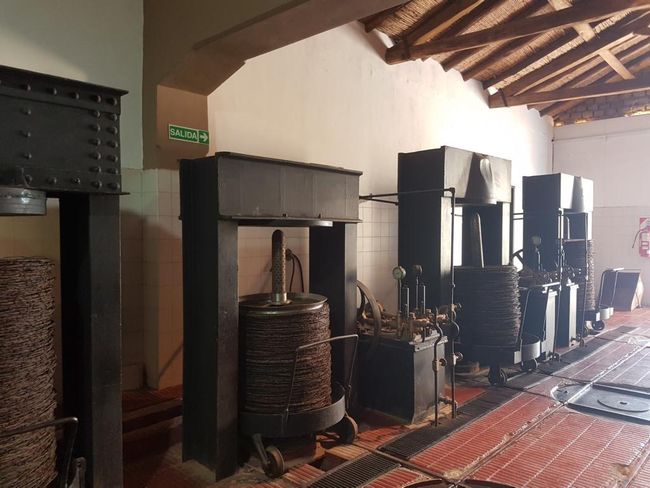
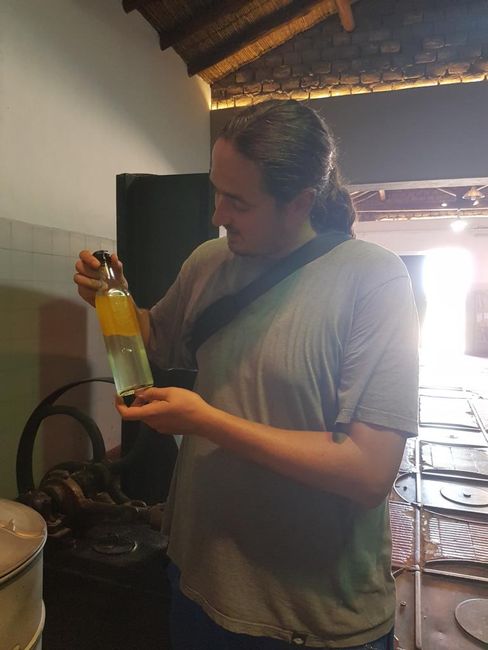
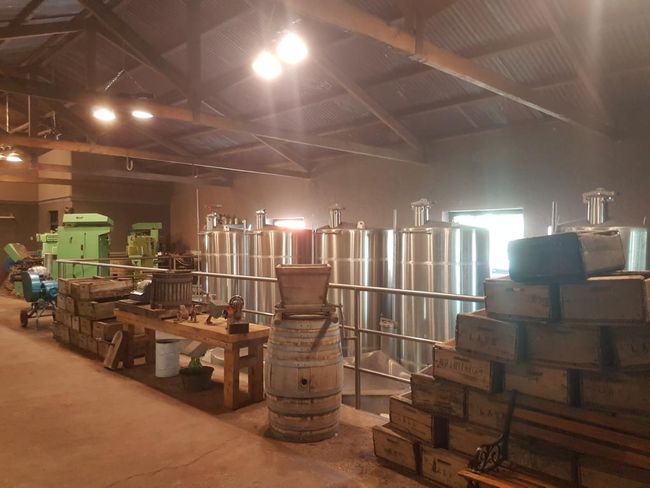
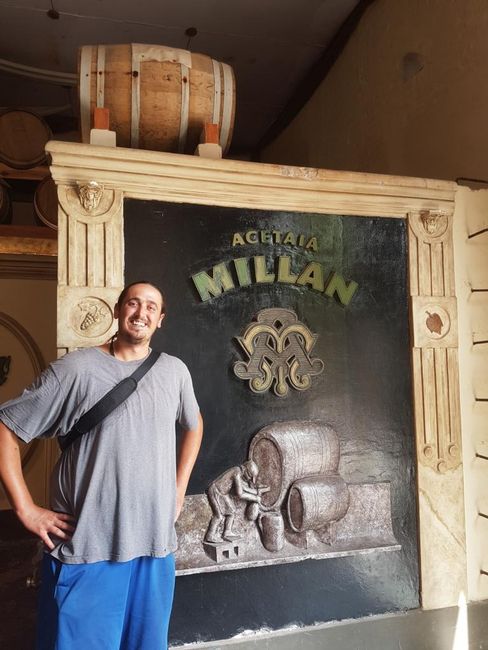
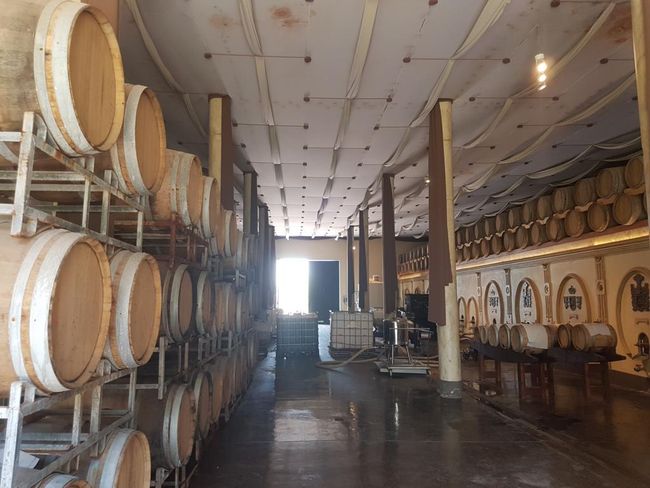
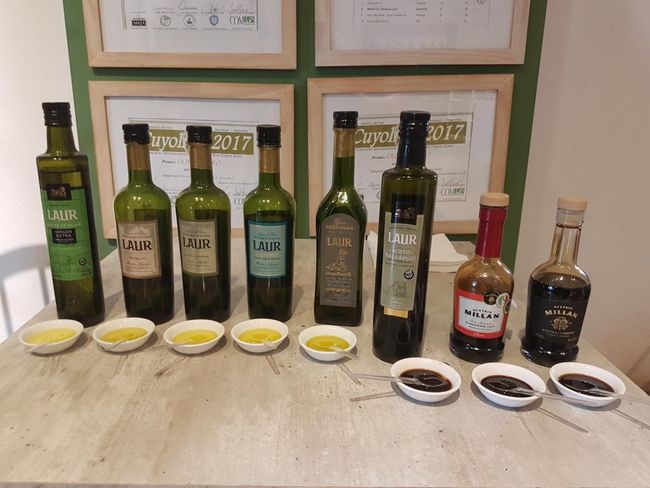
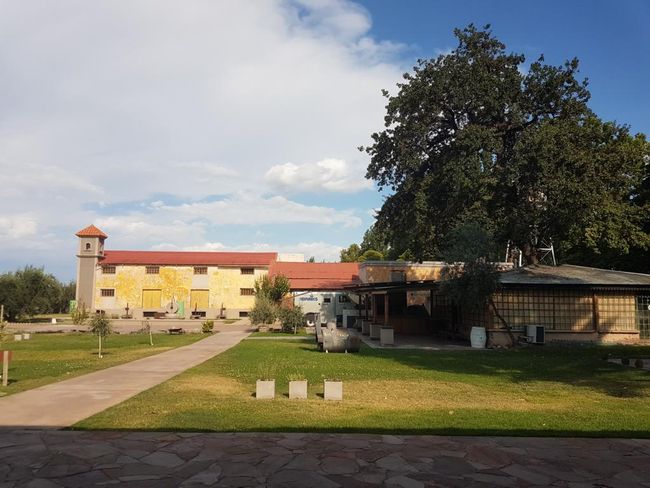
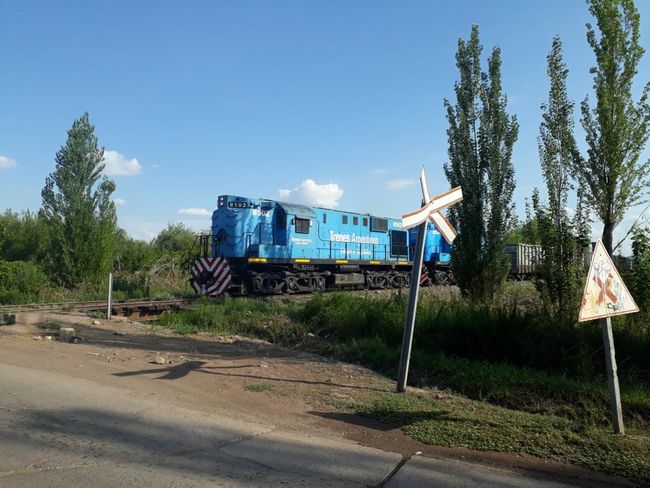
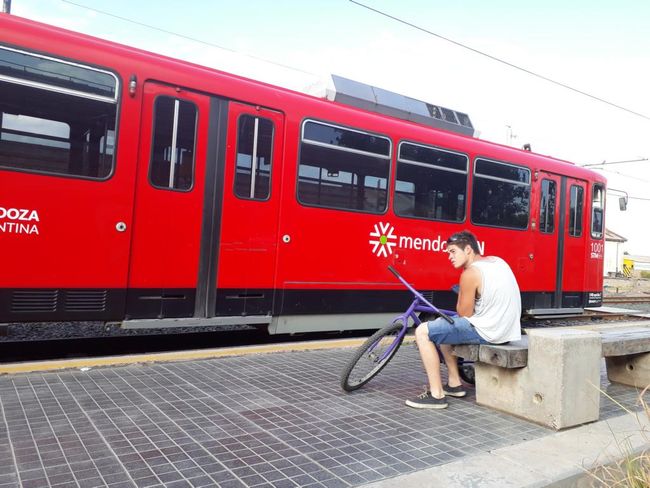
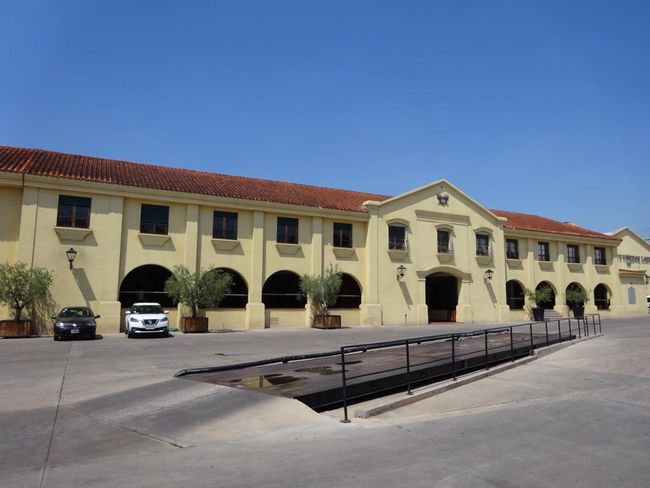
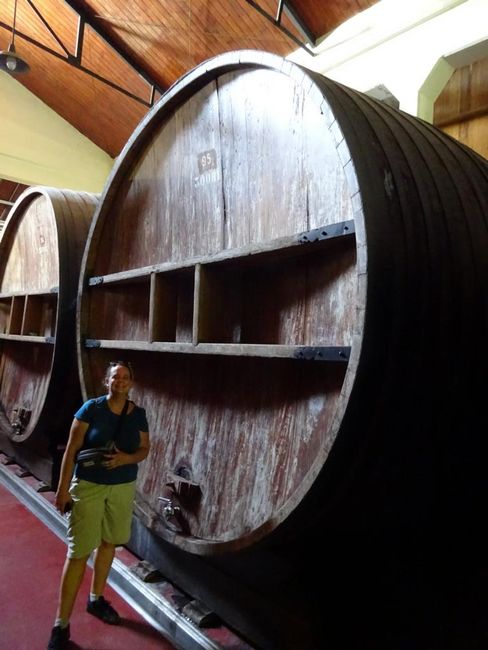
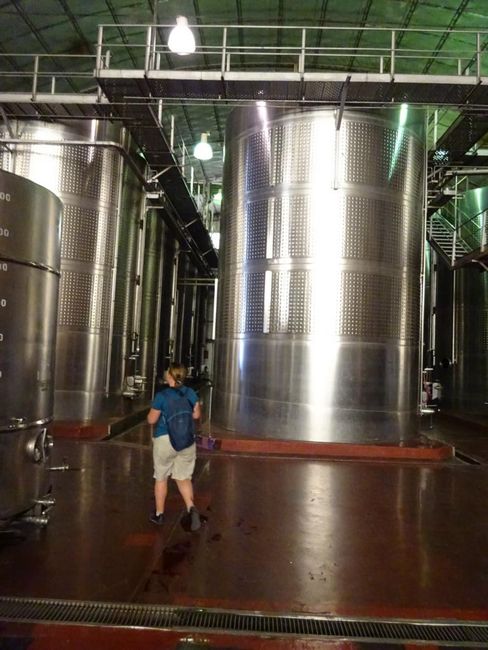
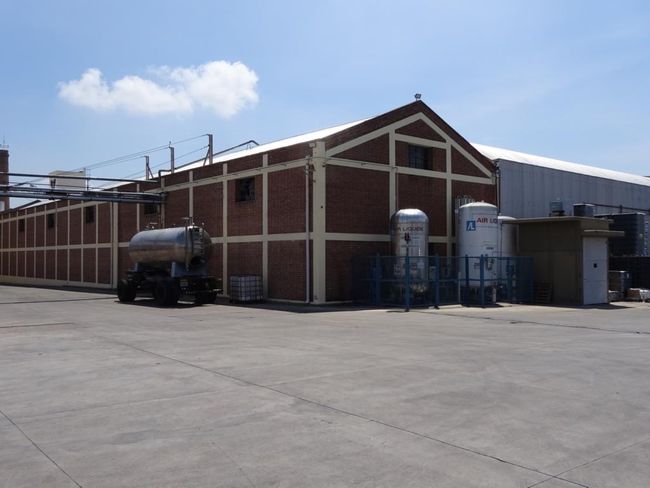
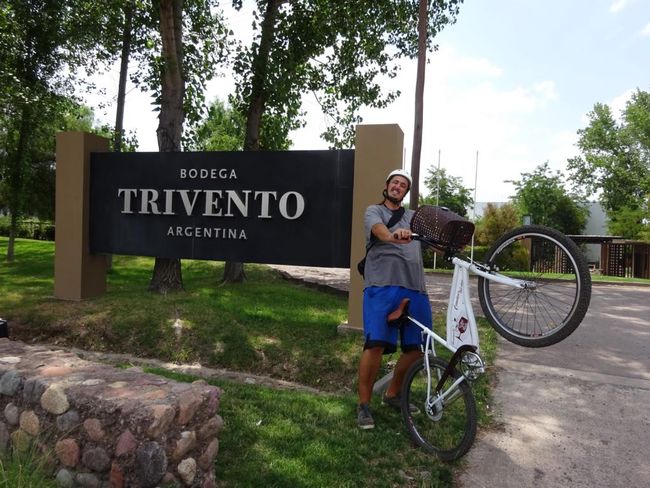
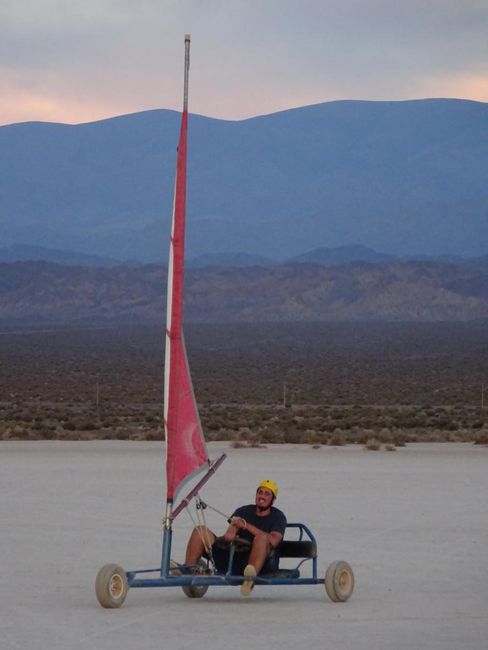
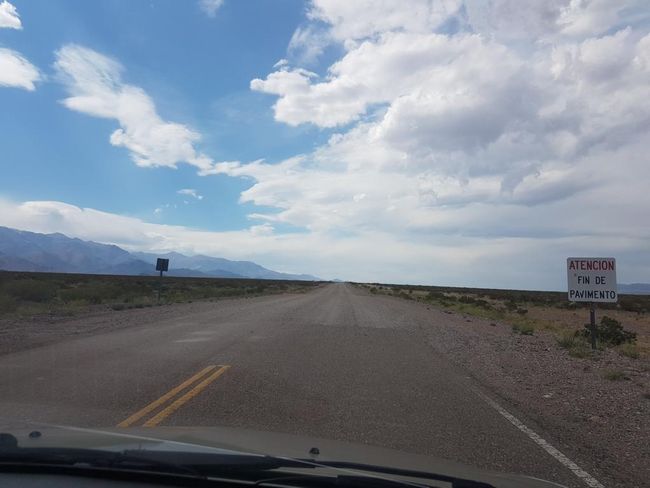

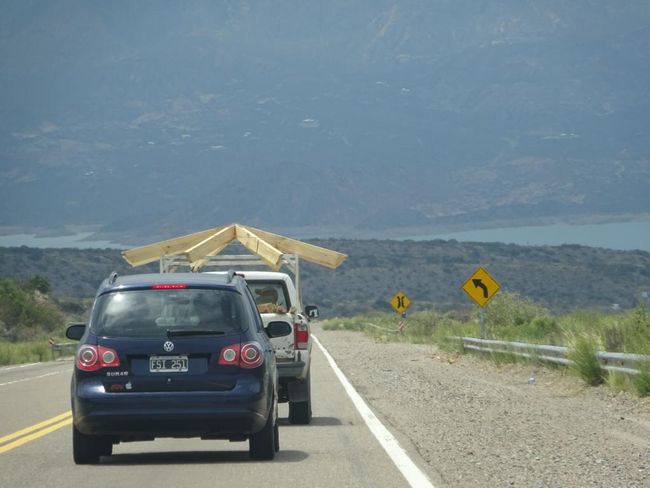
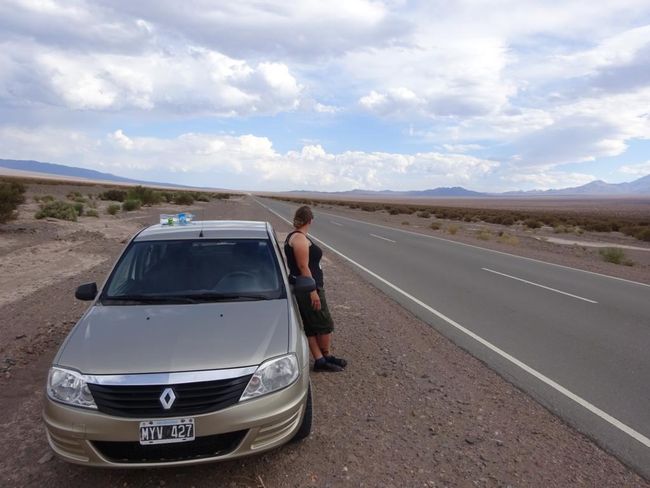
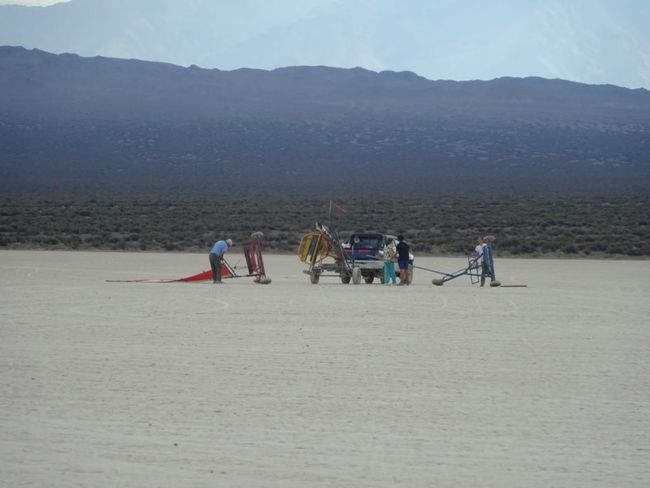
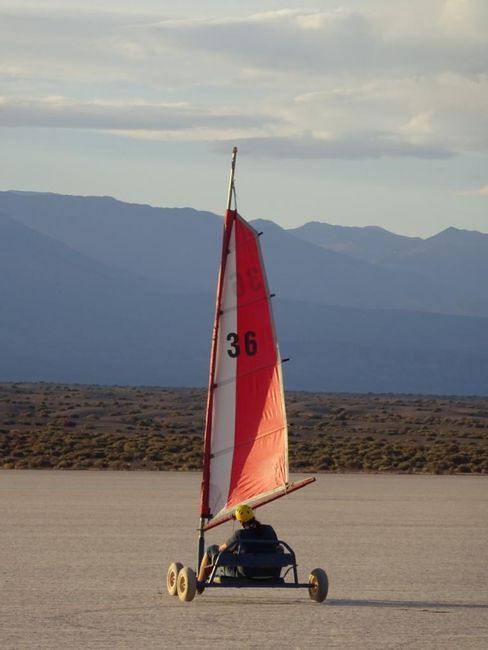
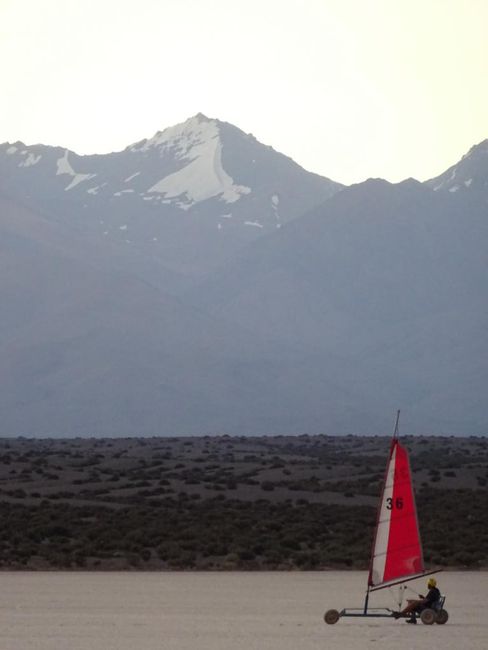
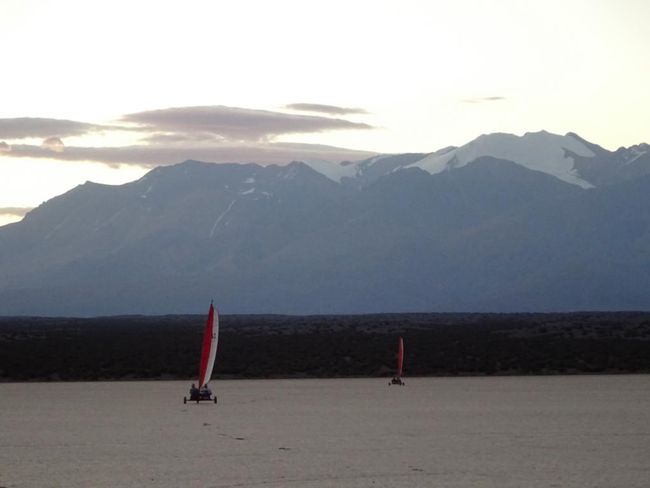
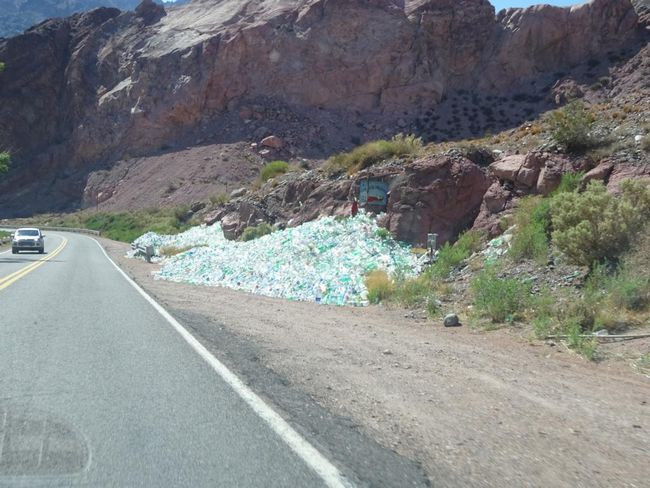
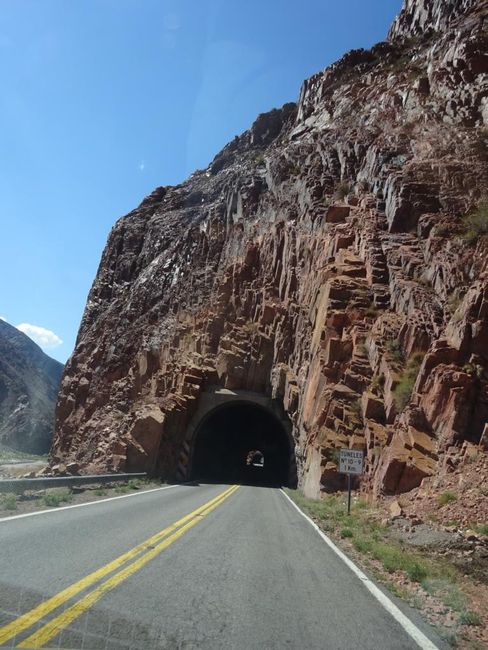
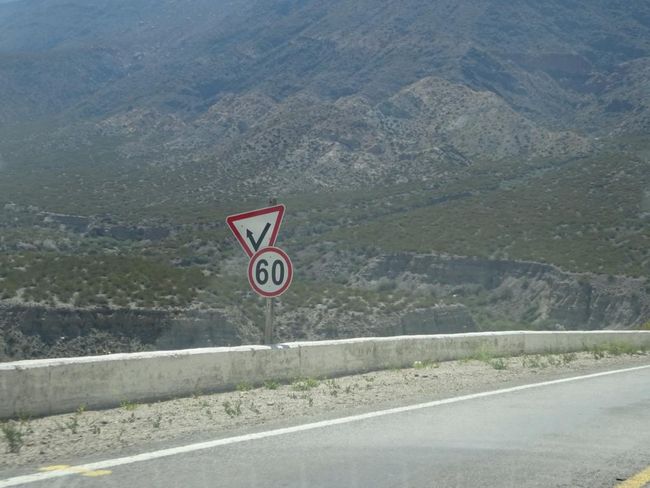
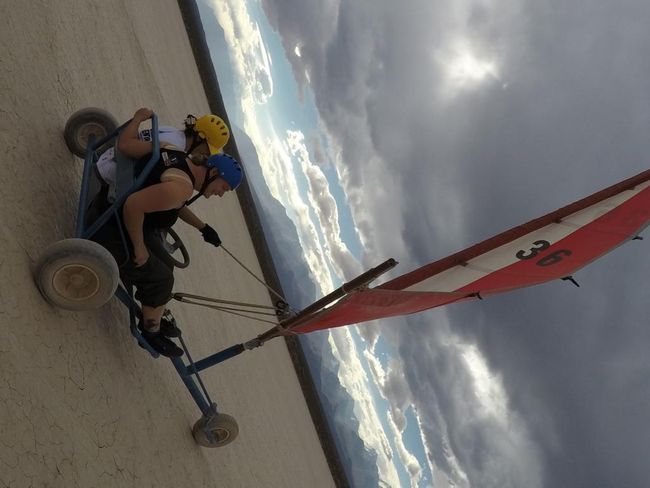
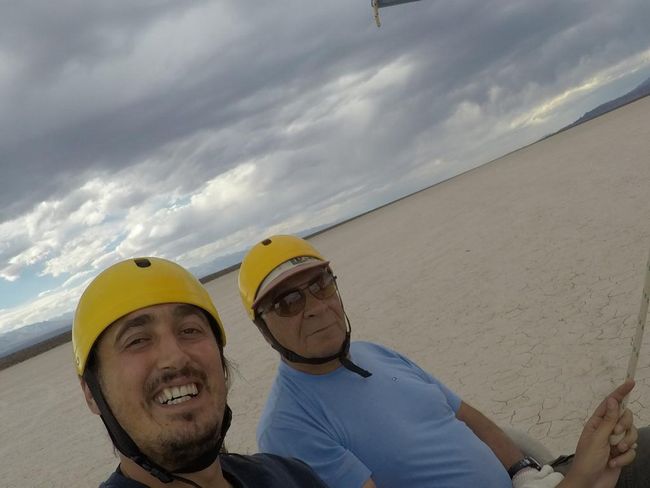
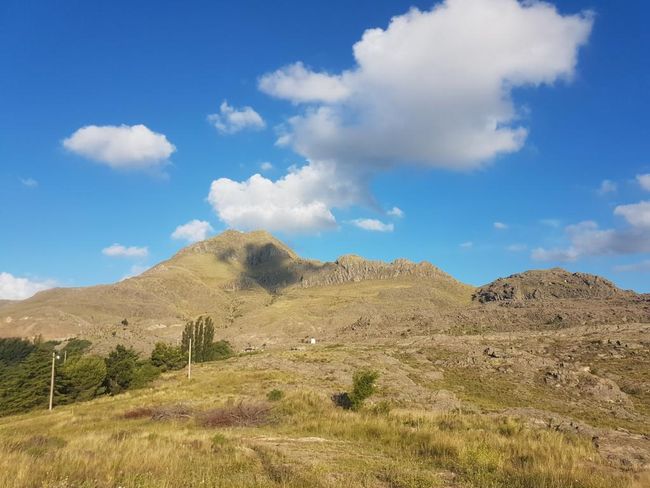
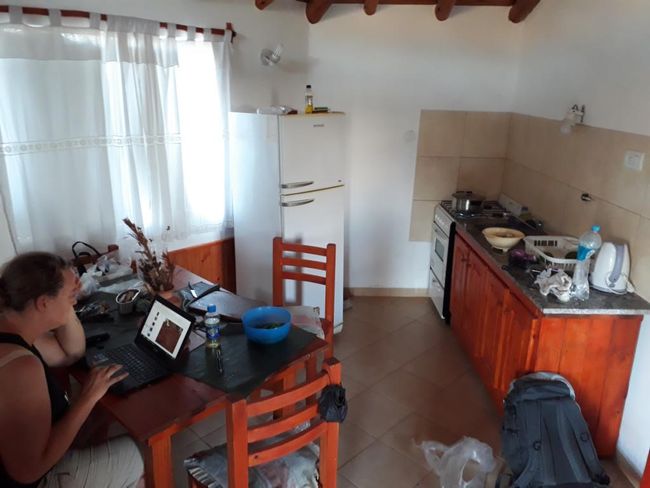
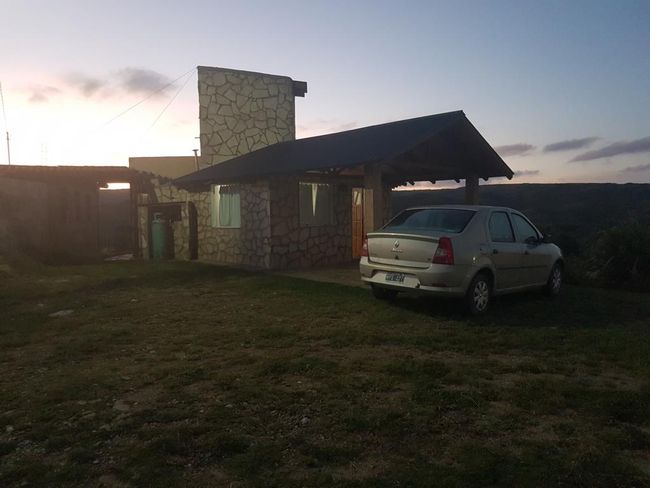
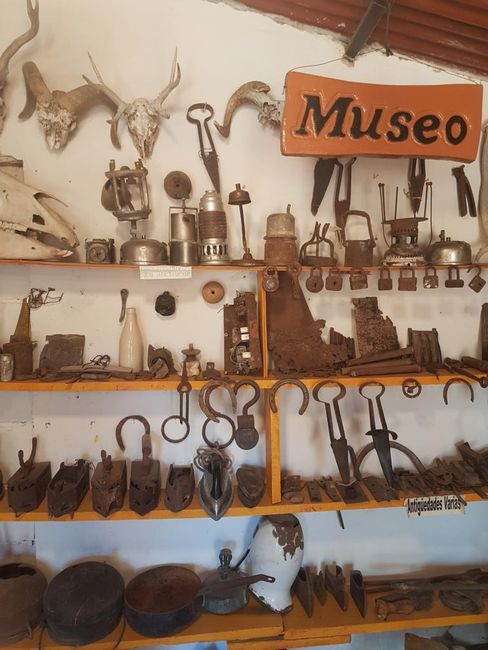
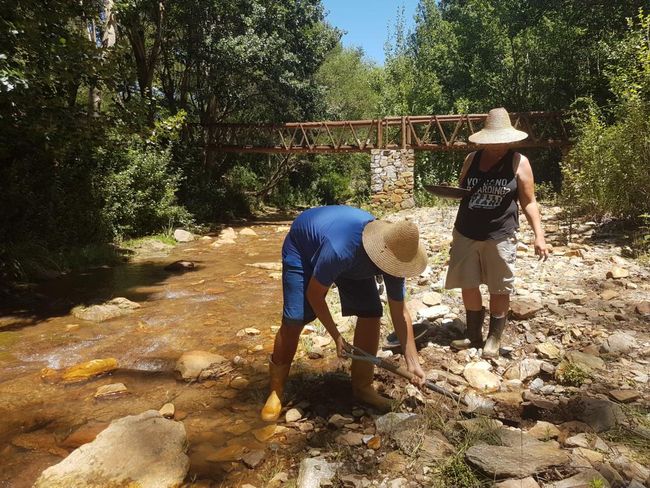
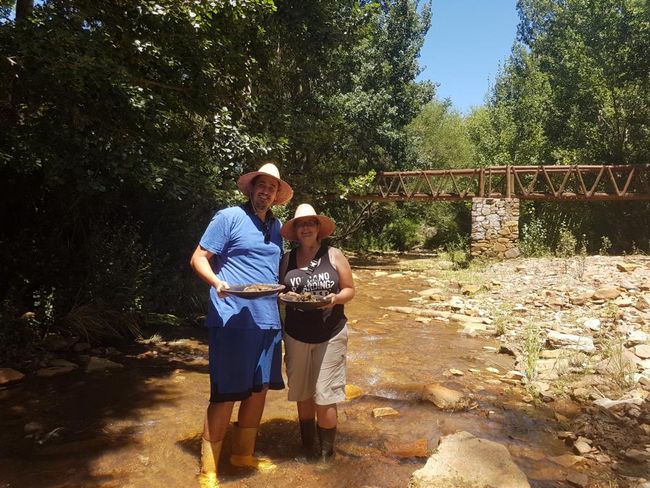
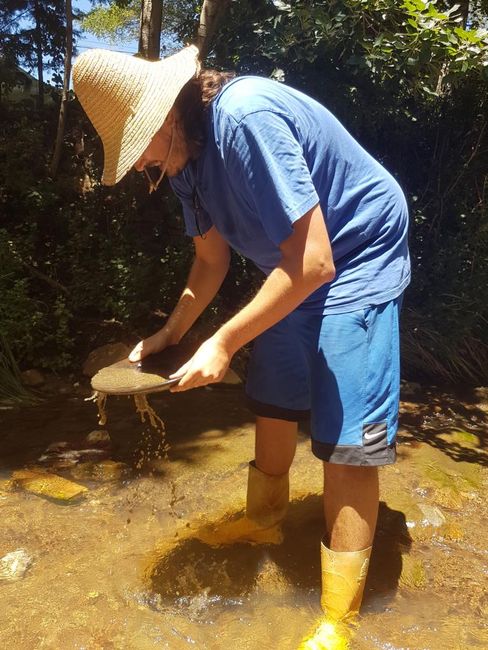
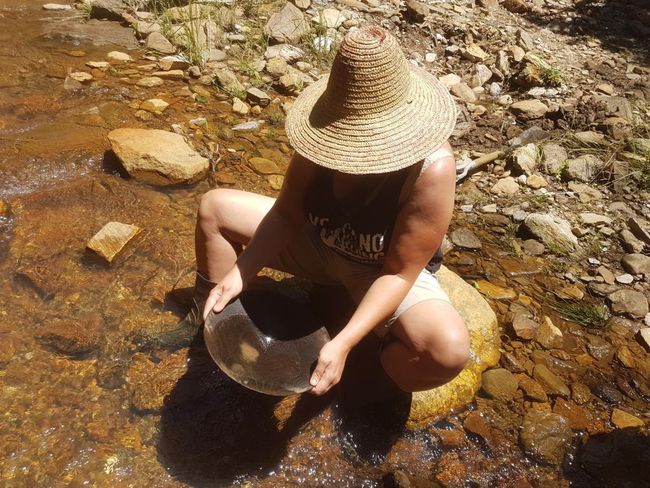
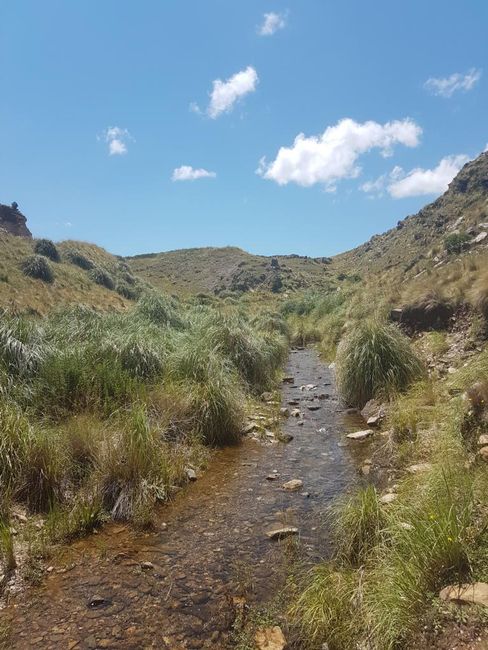
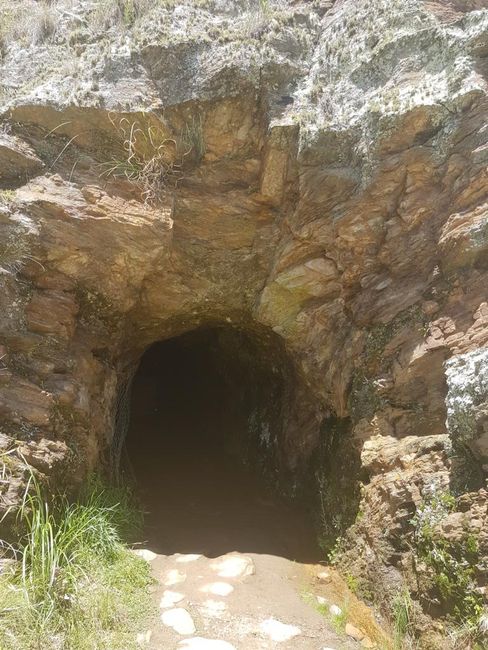
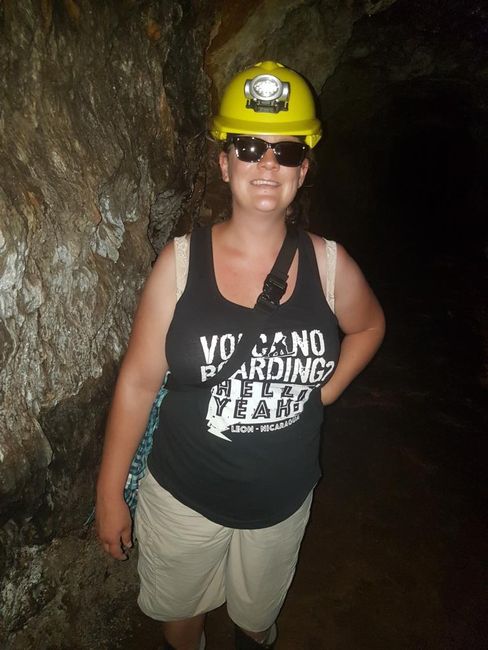
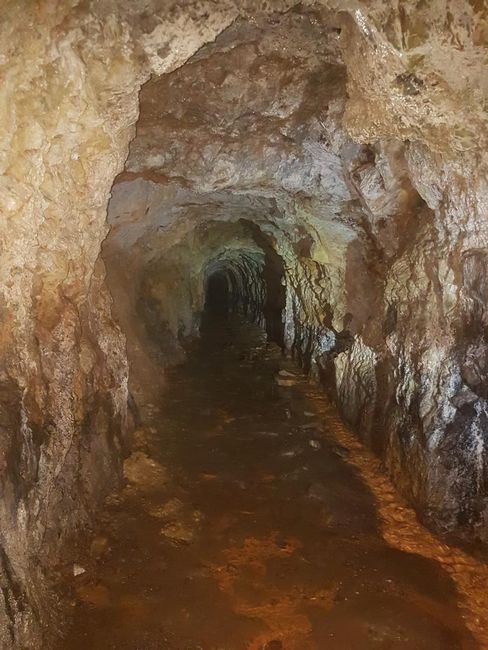
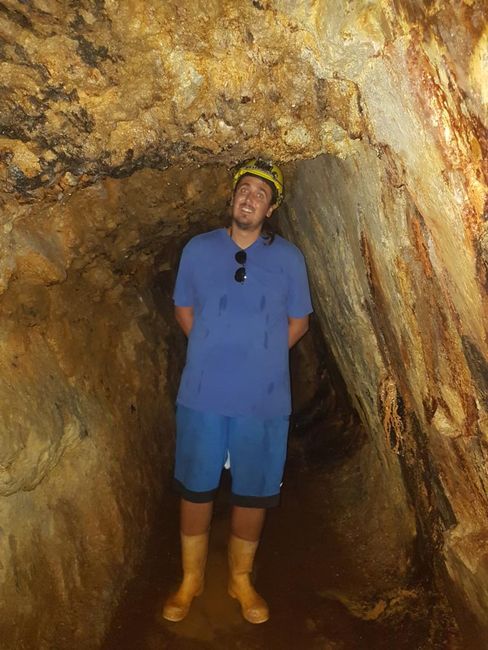
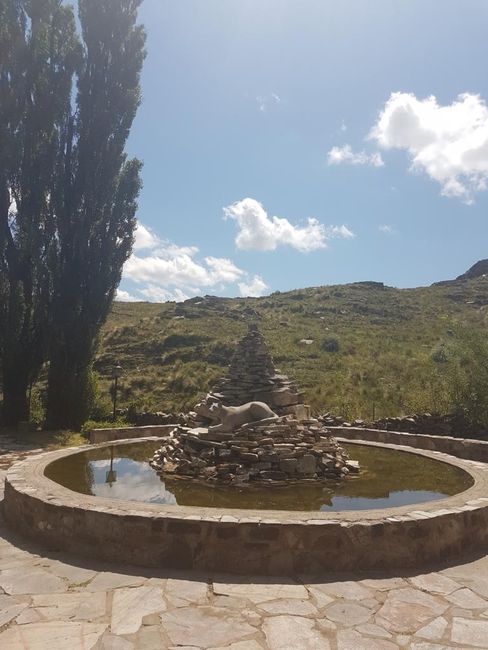
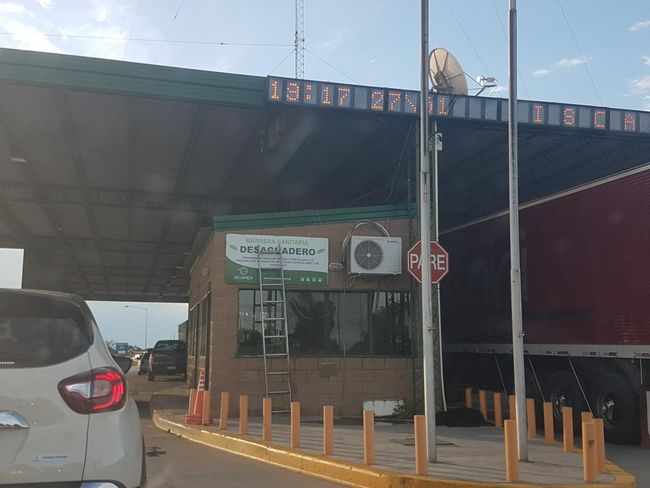
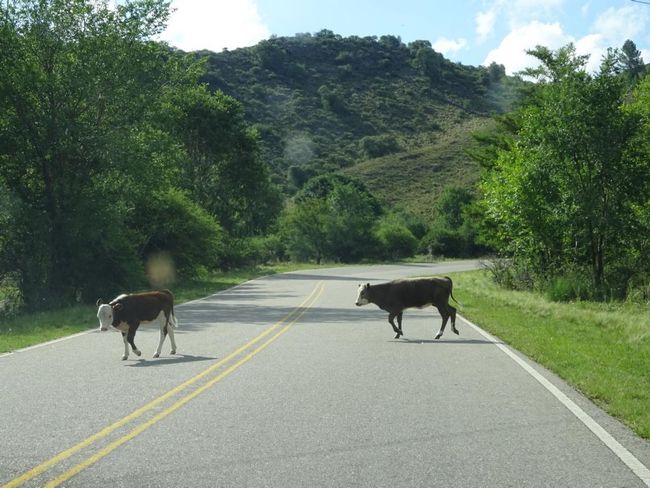
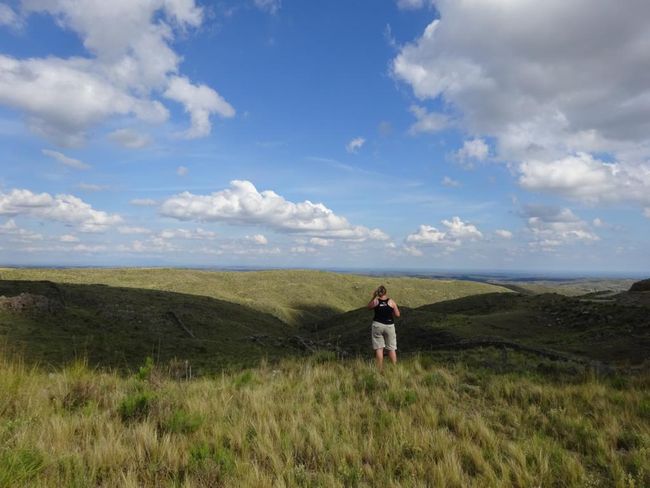
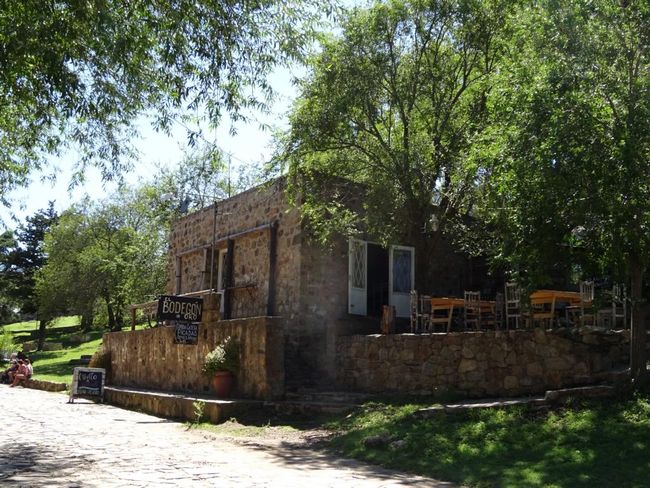
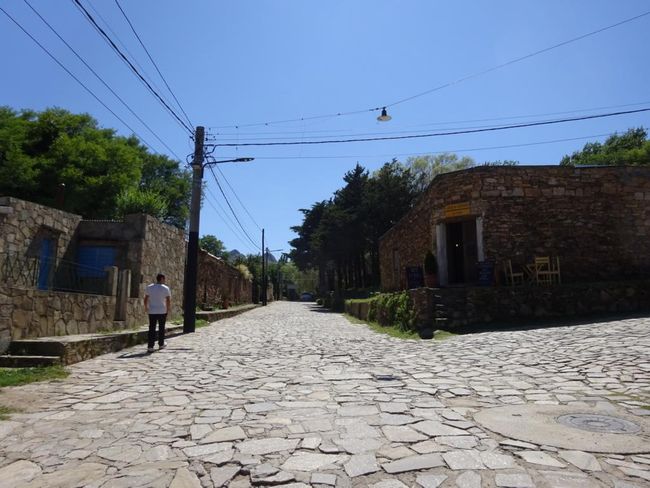
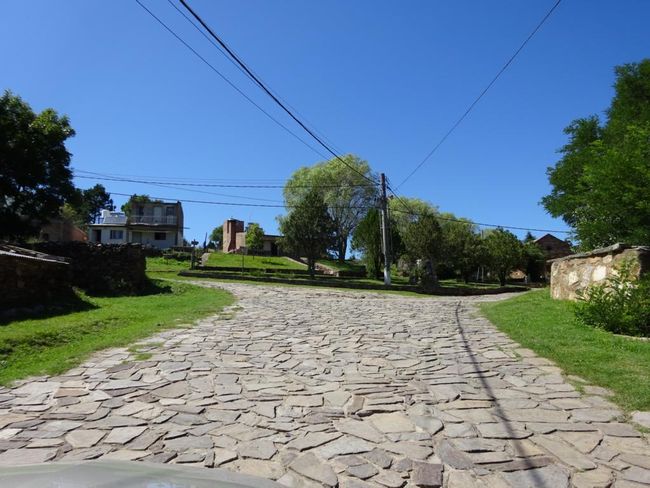
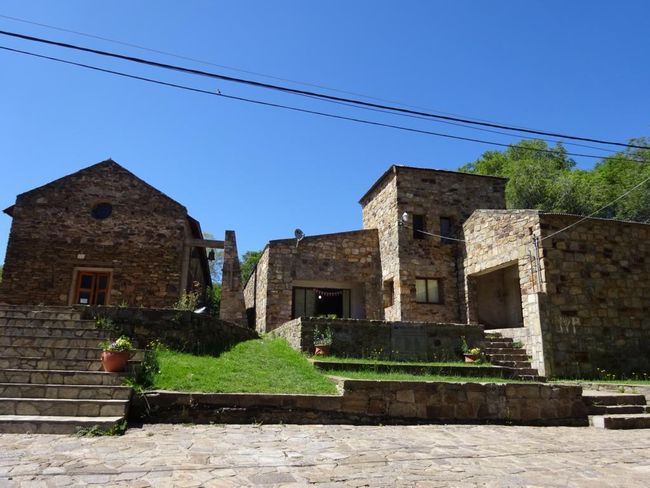
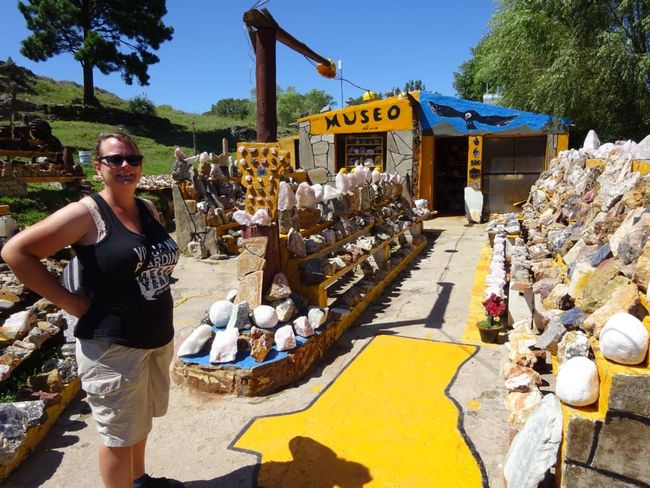
Wɔ Nudɔdɔ na Nyadzɔdzɔgbalẽ
An 18-hour bus ride brought us to Mendoza. Mendoza is by far the ugliest of all the Argentine cities we visited. Besides 5 plazas, 4 of which are smaller plazas around the main central plaza, there is absolutely nothing to see. During our first stroll through the city, we were immediately approached by some dubious looking individuals asking for money. When we refused to give anything, they even spat at us. Very friendly welcome here, you really feel so welcome.
The only museums that would have interested us were unfortunately closed.
But the highlight in Mendoza is not the city itself, but the wineries in the surrounding area. However, we had absolutely no desire to participate in another guided tour and renting a car was also out of the question, as Argentina has a zero tolerance policy for alcohol and driving. And what would a proper wine tour be without a tasting? So we decided to take a taxi to Maipu, outside of Mendoza, and rent bicycles there. That wasn't the smartest idea of all time, considering the quite long distances between the individual wineries, which I had definitely underestimated, and the heat.
Our first winery was Bodega Lopez. The tour here was free. First, there was a tour in which the various steps of the production process, from harvesting to fermentation, maceration, and aging, were explained to us. Depending on the variety, the production takes 0.5 to 6 years. All parts of the grape are used, nothing is thrown away. The remains that are not used for wine production are passed on for the production of cosmetics or grappa. The explanations about the cleaning of the huge wooden wine barrels that take place every 5 years were particularly impressive. First, the wine is drained and placed in a makeshift container. Then a (small) employee climbs through the tiny opening into the barrel to clean the wood pores of the deposits. Bodega Lopez produces 15 million liters of wine annually, of which only 5% is exported. The rest is sold in Argentina. Argentinians seem to only drink wine and mate. During the subsequent tasting, a red and a white wine were served. However, the lady talked so much before we could start drinking that in a careless moment we quickly downed the contents of our glasses and secretly escaped. After all, that's why we were here, right? To drink wine.
Then we rode our bikes for a strenuous 10km in the scorching heat to Bodega Trivento. By the time we finally arrived, the effect of the wine from the last winery had already worn off. We had already bought tickets for this winery at the bike rental shop and thus received a discount. There was not even a tour here, we went straight to the tasting. Understandably, because most people visit several wineries and the wines are made the same everywhere, so it's not particularly exciting to hear the same thing over and over again. So we were served a glass of sparkling wine and 2 red wines, which we tasted in the lounge. After this visit, we definitely felt the alcohol in our heads, but luckily it was not far to the next winery.
Next, we visited Bodega Florio. Here, mainly sweet wines are produced, and we really like sweet wine. Here, too, there was a short tour before the tasting. The trick to obtaining sweet wine is to interrupt the fermentation process so that not all of the sugar from the grapes is converted into alcohol. This is achieved by cooling the wine down in special cooling systems. The demand for sweet wine has declined in Argentina in recent years, it has simply gone out of fashion, so the winery produces much less than its capacity would allow. The wine we were given to taste was really delicious, so we bought some bottles and enjoyed them over the next few days.
By now, slightly tipsy, we headed to the LAUR olive oil factory, where we also took a tour. We were shown both the traditional method of making olive oil by hand and the modern production facilities. Impressive 10 kg of olives are needed to produce 1 liter of oil. In addition to olive oil, olive paste and balsamic vinegar are also produced here, which we were able to taste after the tour. Here, too, we bought a bottle of balsamic vinegar for our vinegar enthusiast Jörg and a jar of olive paste as provisions for the next long bus ride.
Then it was time to pedal hard because we had to return the bike at 6:30 pm and we were already running late. So we pedaled the whole long way back with great effort. The alcohol didn't make things any better in the heat. Looking back, we should have paid a little more and taken advantage of the additional service offered by the bike rental shop to pick us up somewhere along the Ruta de los Vinos along with the bikes.
We then took a small train back to the city center of Mendoza. Unfortunately, you can't buy tickets for this, you need a rechargeable card. We asked an employee at the train station what we could do. He said we should ask one of the other passengers if he would pay for us with his card and we would simply give the money back in cash. Or we could just get on the train and ride... that is, without a ticket... that was the expert advice from the employee. But we actually found someone who was willing to buy the ticket for us with his card.
There were 2 places quite far outside of Mendoza that we really wanted to visit, but which were difficult to reach by public transportation. So we decided to rent a car for 3 days. In order to get a good deal, we booked the car with a local rental company. For that, we got a pretty beat-up car, a Renault Logan with a huge crack in the windshield.
Our first destination was Pampa El Leoncito. Here we wanted to do carrovelismo, or land sailing. Since I know how much Jörg loves sailing, I marked this in red in the travel guide months ago after I happened to read about it. It was a long way from Mendoza to this place just to sail for half an hour, but it was worth it to us. So we drove west from Mendoza. Since we wanted to go in the other direction afterwards, we took a break on the way in Uspallata and booked a hotel there for the night before driving the rest of the way to Pampa El Leoncito. We kept an eye out for Señor Toro's blue truck. I had already been in contact with him via WhatsApp and he said he was there every day starting at 6pm, no need to make a reservation, just come by. Said and done, and when we arrived, his people were already busy setting up the sail carts. These are actually carts made of metal pipes with a steering wheel and a sail on top. Fortunately, we were the first ones, so we could start right away. Each of us was allowed to ride in a sail cart with someone else. The wind was sufficient, although not particularly strong, so we made good progress and even became quite fast at times. Jörg was allowed to take over the steering relatively soon and when Don Toro noticed that Jörg had a lot of talent for sailing, he soon got out of the cart so that Jörg could race across the 13x3km flat, dry area on his own. Even from a distance, Jörg's joyous face was clearly visible, he was clearly having a lot of fun. In fact, he knows more about sailing than Don Toro himself, so Jörg became much faster with the small cart and even tilted it on 2 wheels, which impressed the sailing master to say the least, or even shocked him a little. Of course, this maneuver was not exactly safe, so he asked Jörg to be a little more cautious. In the end, Jörg and I even got to ride together in one of the carts for a little cruise. By now, more and more people had arrived, so we had to let the others take their turn. Señor Toro told us that if we wanted to wait, we could go sailing again later, which we did. In the meantime, we started talking to a mom and her two sons, Dante and Santiago. The mom was absolutely thrilled with sailing, the boys not so much. They would have preferred to go horseback riding. While the mom was sailing, the boys stayed with us and told us about school, vacation, and what they were up to. When we said goodbye, little Santiago told me that he really liked my blue eyes, which was a very nice compliment. Unfortunately, the wind was increasingly dying down, so despite waiting, we didn't get to sail again. Too bad. But in any case, it had already gotten late, and we still had a pretty long drive, including almost 40km on a gravel road, ahead of us to get back to our hotel in Uspallata.
The next day, we packed up our beat-up car and set off on the long journey to La Carolina in the province of San Luis. It is interesting to mention that when crossing the provincial border, in addition to the usual police control, you also encounter a kind of customs where you are searched for fruits and vegetables, which you are not allowed to take across the border. So far, we had only known this procedure from borders between countries, for example, in Uruguay you were also not allowed to bring in raw produce. But within the same country? Strange.
After a long drive, we finally arrived in La Carolina, where the next surprise awaited us: even though we had a valid reservation, our hotel was fully booked, there was no room available for us. Joy, that was exactly what I needed after this long drive. The hotel owners made a few phone calls and luckily found a vacant bungalow in a nearby hotel, which was offered to us for the same price. It was a nice bungalow on a hill with a good view of the little village, with 2 rooms and even a small kitchen. That was a good alternative, so we cooked something nice and had a pleasant evening with a bottle of wine from Maipu.
We had come to La Carolina to visit the local gold mine. After all, gold was still missing in our mineral resources project. Actually, the visit to the gold mine was not particularly interesting, so the long drive was not really worth it. We were in a huge group of local tourists. There wasn't much to see and the guide didn't have much to say either. The mine was abandoned in 1955 and has been used only for tourism purposes since then. The layers of rock in which the gold veins run were interesting. Since the layers of rock run from north to south, the mine tunnels were laid exactly perpendicular to them from east to west. If gold was found while excavating, galleries were created from north to south along this layer to follow the gold vein. Pure gold of 20-24 carats could be found here.
What was much more interesting than the gold mine, however, was the gold panning, which we also booked as an activity. We were alone on this tour, Jörg and I with the guide.
In 1792, a Portuguese man discovered gold in the area. At first, the Spaniards came here in search of gold, but they only did it in the traditional way by panning in the river. Only later did the Englishmen come, who built the gold mines in the mountains. The mines have long since dried up.
Nowadays, there are still 300 people living in La Carolina, of whom only about 10-12 make a living from gold panning. The rest live from agriculture and tourism. The gold miners wash about 1 ton of sand and rock every day to obtain 1 gram of gold. They can sell this for about 1000-1800 pesos.
A large part of the minerals extracted in Argentina is exported, only about 5% of the profits stay in the country. El gobierno vende nuestro pais, they told us (The government sells our country).
Now it was our turn to try this. So we were equipped with rubber boots, a straw hat, and a wooden pan, and off we went to the river. There, the guide loosened the ground with a pickaxe and loaded rocks onto our wooden plates with a shovel. Then he showed us the typical movements necessary to separate the larger, heavier rocks from the sand using centrifugal force. Then you try to separate the sand from the gold with similar movements, if there is any. Since gold has a higher specific weight than sand, it remains at the bottom tip of the conical wooden plate, at least if you manage to bring the sand to the edge of the plate in the right way. And that was really not so easy, it really requires practice. In fact, we found some tiny specks of sand that stayed at the bottom with a little help from the guide. Of course, it was by no means enough to make a piece of jewelry or even a gold bar, but the guide stuck them between a piece of adhesive tape so that we could take them with us as souvenirs. We also found some tiny garnet stones.
Immediately after the excursion, we started making our way back to Mendoza. On the way, we were even relieved of an apple by the officers at the border between the two departments, because you are not allowed to transport fruits or vegetables between regions, even within the country. Strange world. The next morning we had to return the car, so we booked accommodation in Maipu so that we wouldn't have to drive far in the morning. But we were out of luck again. We arrived in Maipu late in the evening and found the "hotel" closed. Only after several attempts to reach someone by phone did we receive a message from the operator saying that he had had a family emergency and could not offer us a room today. Great! So we decided to drive directly to the hotel where we had also stored our luggage, so I had no choice but to drive directly into the city after the long day. I love doing that! End of irony.
Fortunately, the hotel still had rooms available and there was even parking space for the car.
The next morning, we returned the car and once again we had driven 1300km.
From Mendoza, we then took the overnight bus to Buenos Aires, another 17-hour journey.
Wɔ Nudɔdɔ na Nyadzɔdzɔgbalẽ
Ŋuɖoɖo (1)
Cord
Hallo Ich fliege mit einem Freund am Freitag nach Argentinien. Haben eine ähnliche Tour vor, deshalb habe ich euren Bericht interessiert gelesen.
Wir wollen mit einem 4x4 Womo in den Norden und dann Richtung Anden.
Viele Grüße
Cord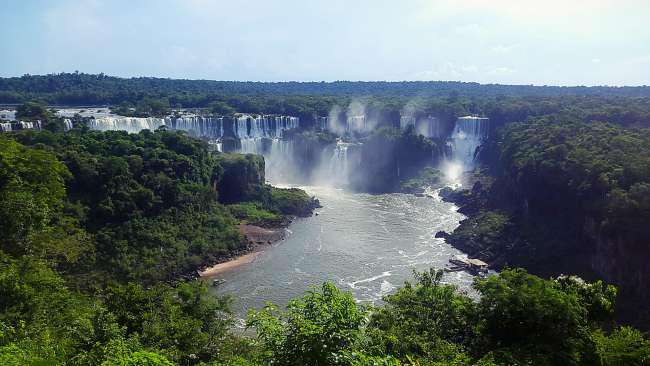
Mɔzɔzɔ ŋuti nyatakakawo Argentina
